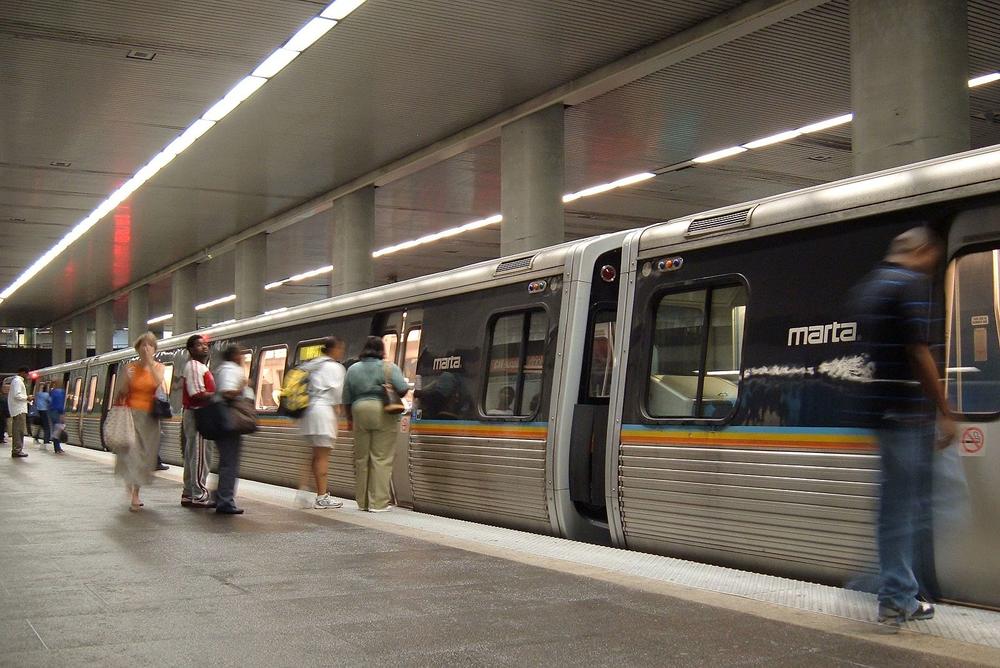Section Branding
Header Content
MARTA Army Mobilizes To Help First-Time Commuters
Primary Content
Atlanta commuters trying transit for the first time in the wake of the I-85 bridge collapse last week will get some help from a local volunteer group.
Members of the MARTA Army--a grassroots transit advocacy group--will be posted around the metro area to help novice riders.
“Due to the flaming collapse of Atlanta’s road infrastructure, we’re expecting a big surge in demand,” said founder Simon Berrebi. “We asked our valiant volunteers come and help first time MARTA users navigate the system and purchase Breeze Cards.”
Berrebi said volunteers will be out during peak travel times Monday and Tuesday. They’ll be easy to identify: donning bright yellow vests that read “MARTA.”
A group of volunteers was already posted at 6 a.m. Monday morning at the Brookhaven/Oglethorpe station.
“This is not going to be like the Snowpocalypse: 48 hours,” said volunteer Bill Magill, referencing the 2014 ice storm that paralyzed metro Atlanta.
Every now and then, he stopped to answer a question or help someone navigate the Breeze Card kiosks--MARTA’s fare payment system.
“This is going to be months of infrastructure crisis,” Magill said. “We’re going to have to learn to adapt and change our habits, and MARTA is going to be a huge part of changing those habits.”
One commuter changing her habits Monday morning was Stephanie Field. She stood on the platform waiting for her train--the first she’d ever taken to get to work.
“I can see people starting to use [MARTA] more, because this is going to become their normal for six months or however long. And they’re going to get used to it,” Field said.
That’s certainly the hope of advocates like Berrebi.
“When a highway comes crashing down in flames in the middle of the city, that’s a true test of network resiliency,” he said. “And what we’re seeing now is that our current road network is not able to recover from this shock. The public transportation system is running great, and I think that’s an indication that we should be investing more into public transportation in the future.”
MARTA CEO Keith Parker said Friday that ridership was up 25 percent the day after the collapse. By late Monday morning, a number of station parking lots were filled to capacity.


